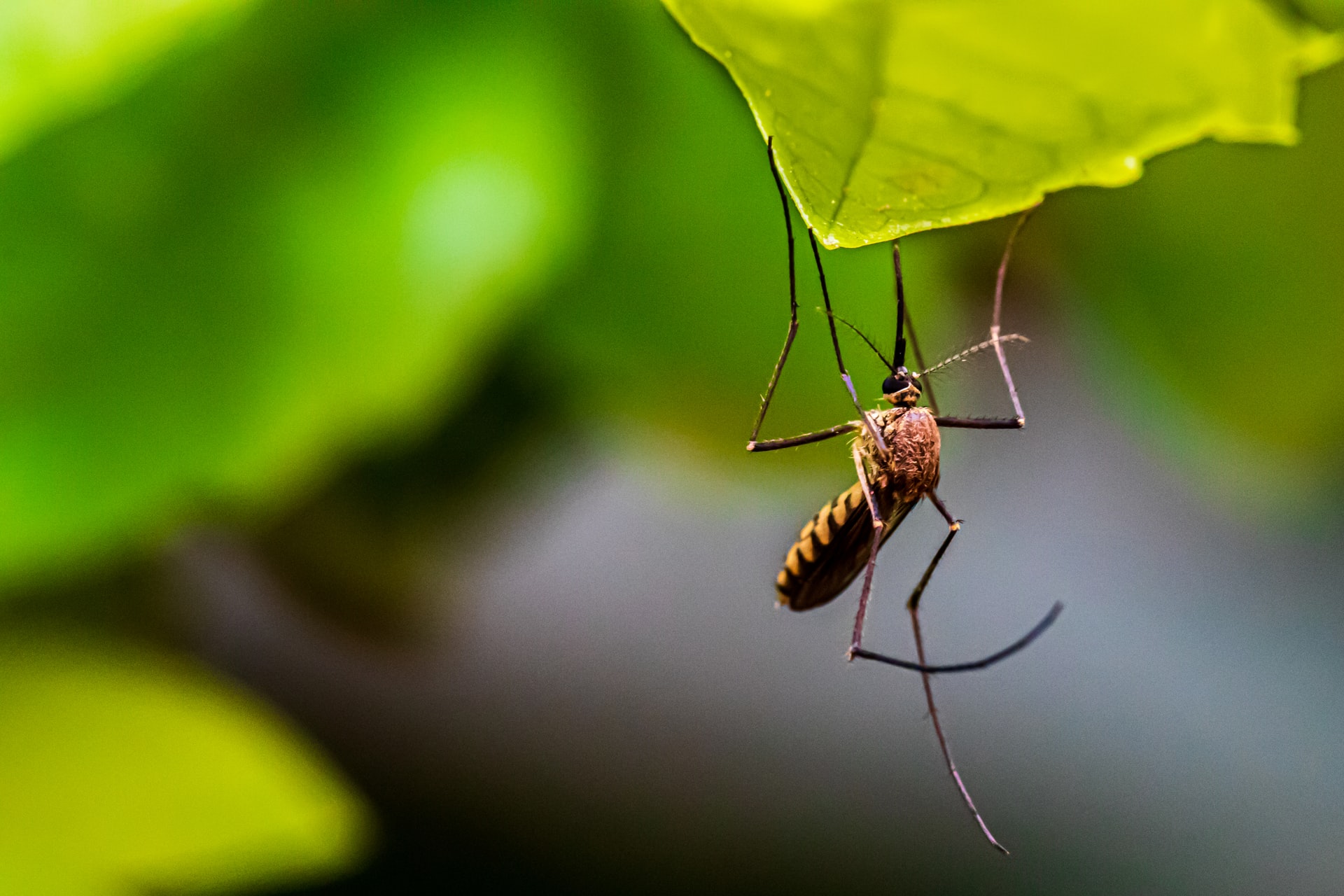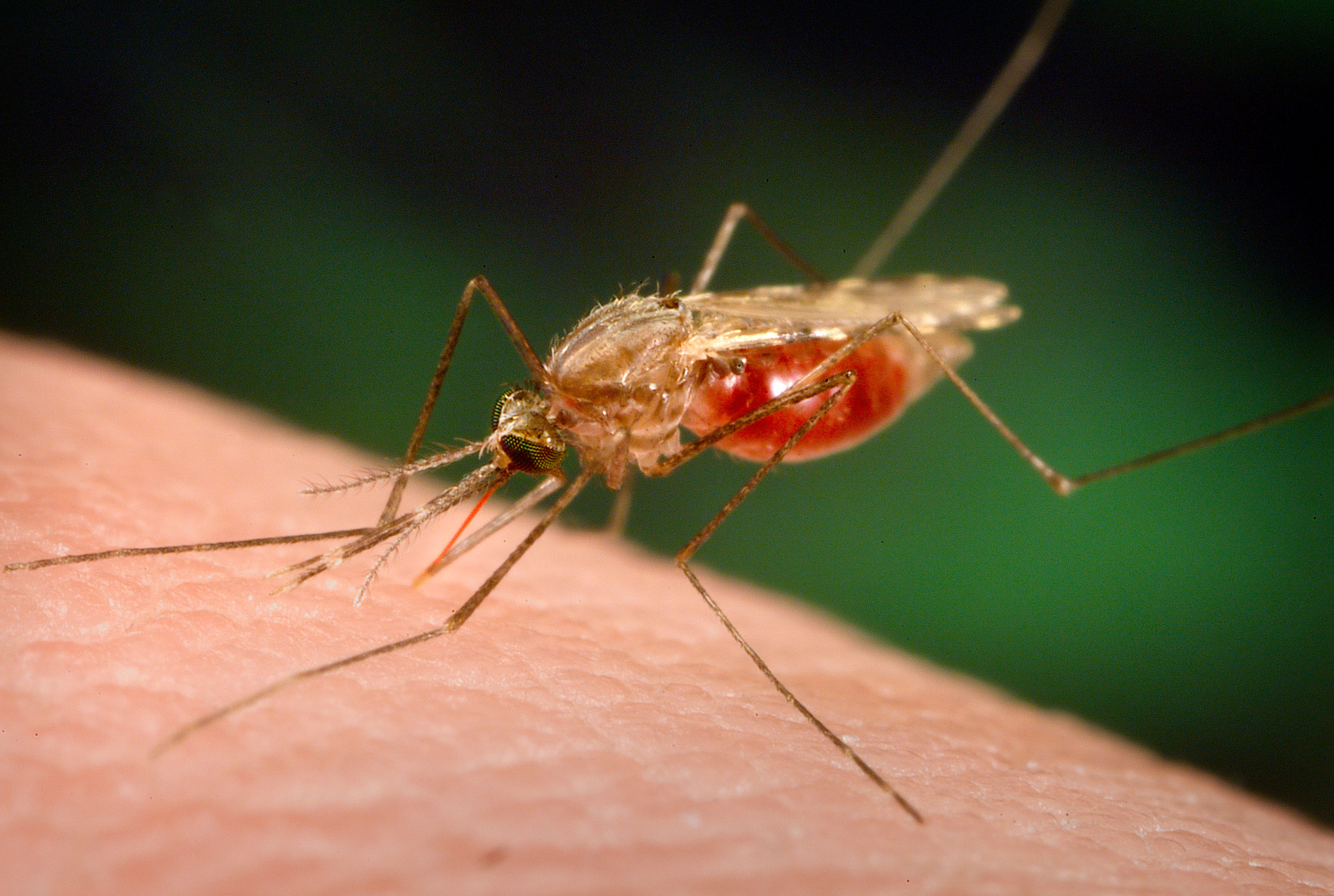The target site of the. 2016 A CRISPR-Cas9 gene drive system targeting female reproduction in the malaria mosquito vector Anopheles gambiae.
 Pin On Features Focus Developing Afp News Graphics
Pin On Features Focus Developing Afp News Graphics
CRISPRCas9 technology is a powerful tool for the design of gene-drive systems to control andor modify mosquito vector populations.

Crispr mosquitos vector. Hammond AM Kyrou K Gribble M Karlsson X -Morianou I Galizi R Beaghton A Crisanti A Nolan T. Results CRISPRCas9 based site specific insertion into kmo Our earlier work identified a region homologous to the Aedes aegypti kmo gene which yielded a white-eyed phenotype when disrupted by CRISPRCas927. We describe CRISPR-Cas9 endonuclease constructs that function as gene-drive systems in Anopheles gambiae the main vector for malaria AUOK.
CRISPRCas9-based gene disruption is a powerful method to uncover underlying biology of vector-pathogen interactions and can itself form the basis of mosquito control strategies. Aegypti has been established with TALENs ZFNs and homing endonucleases which require the engineering of DNA-binding protein domains to provide genomic target sequence specificity. Anopheles stephensi is a major malaria vector mosquito in urban areas of South Asia and has recently invaded the horn of Africa.
Employing a strategy known as population modification which involves using a CRISPR-Cas9 gene drive system to introduce genes preventing parasite transmission into mosquito chromosomes. A CRISPR-Cas9 gene drive system targeting female reproduction in the malaria mosquito vector -Anopheles gambiae. Scientists map detailed genome of malaria mosquito vector CRISPR technology is a gene-editing tool which allows researchers to easily alter DNA sequences and modify gene function PTI New Delhi.
Development of a CRISPRCas9-based gene drive system in Anopheles gambiae the main vector for the malaria parasite paves the way for control of this pest insect. In assessing the potential of a CRISPRCas9 homing drive-based approach in this globally important mosquito pest. CRISPRCas9 is a new and versatile technology for altering genes.
Swatting at mosquitoes is a great start but if we really want to cut down on the hundreds of millions of malaria cases they cause every year were going to need some more effective weapons. Esvelt is a biologist at MIT and the first person to formulate a technology known as a CRISPR gene. A CRISPRCas9 gene drive construct targeting this same sequence spread rapidly in caged mosquitoes reaching 100 prevalence within 711 generations while progressively reducing egg production.
The male mosquitoes were unaffected by the edit. CRISPR technology is a gene editing tool which allows researchers to easily alter DNA sequences and modify gene function Scientists have unveiled the detailed genome of the malaria mosquito vector. Simple and cheap it can be used to permanently modify the genome of almost any organism significantly impacting many areas from medicine to crop seed enhancement.
We identified three genes AGAP005958 AGAP011377 and AGAP007280 that confer a recessive female sterility phenotype upon disruption and inserted into each locus CRISPR-Cas9 gene-drive constructs. The research team used the CRISPRCas9 system which permits precise DNA editing to delete a gene called FREP1 from the genome of Anopheles gambiae mosquitoes the chief transmitters of the most. However CRISPRCas9-mediated nonhomologous end joining mutations can have an important impact on generating alleles resistant to the drive and thus on drive efficiency.
The mosquito Aedes aegypti is a potent vector of the chikungunya yellow fever and dengue viruses responsible for hundreds of millions of infections and over 50000 human deaths per year. CRISPRCas9 technology is a powerful tool for the design of gene-drive systems to control andor modify mosquito vector populations. Kevin Esvelt wants me to know that if I fuck up this article 25000 children could end up dead.
However CRISPRCas9-mediated nonhomologous end joining. Crisantis team used CRISPRCas9 to break the female-specific region of doublesex in Anopheles gambiae the mosquito species that spreads malaria. Hammond A et al.
Innovative tools are essential for advancing malaria control and depend on an understanding of molecular mechanisms governing transmission of malaria parasites by Anopheles mosquitoes.
 Creating Zika Proof Mosquitoes Means Rigging Natural Selection Zika Mosquito Natural Selection
Creating Zika Proof Mosquitoes Means Rigging Natural Selection Zika Mosquito Natural Selection
 Gene Editing Creates Malaria Resistant Mosquitoes Macro Macro Photography Mosquito
Gene Editing Creates Malaria Resistant Mosquitoes Macro Macro Photography Mosquito
 Stopping Zika Engineering An Alternative To Suicide Mosquitoes Global Biodefense
Stopping Zika Engineering An Alternative To Suicide Mosquitoes Global Biodefense
 Genetic Modification Of Mosquitoes Could Provide New Weapon Against Malaria Goats And Soda Npr
Genetic Modification Of Mosquitoes Could Provide New Weapon Against Malaria Goats And Soda Npr
 Pin On Mosquito Diy Crafts For Kids
Pin On Mosquito Diy Crafts For Kids
 Scientists Map Detailed Genome Of Malaria Mosquito Vector Deccan Herald
Scientists Map Detailed Genome Of Malaria Mosquito Vector Deccan Herald
 Gene Editing Could Eliminate Mosquitoes But Is It A Good Idea Cnn
Gene Editing Could Eliminate Mosquitoes But Is It A Good Idea Cnn
 An Alternate Approach To Stopping Mosquitoes That Spread Zika Using Crispr To Make Them Resistant To Carrying It Science 2 0
An Alternate Approach To Stopping Mosquitoes That Spread Zika Using Crispr To Make Them Resistant To Carrying It Science 2 0
 Mosquito Dna Altered To Block Malaria Not Spread It Stat
Mosquito Dna Altered To Block Malaria Not Spread It Stat
 Uc Researchers Pioneer More Effective Method Of Blocking Malaria Transmission In Mosquitoes
Uc Researchers Pioneer More Effective Method Of Blocking Malaria Transmission In Mosquitoes
 Ah Spring At Last The Snow Is Melting The Birds Are Singing The Mosquitoes Are Buzzing The Mosquitoes Are Buzzing Weren T They Mosquito Control Mosquito
Ah Spring At Last The Snow Is Melting The Birds Are Singing The Mosquitoes Are Buzzing The Mosquitoes Are Buzzing Weren T They Mosquito Control Mosquito



